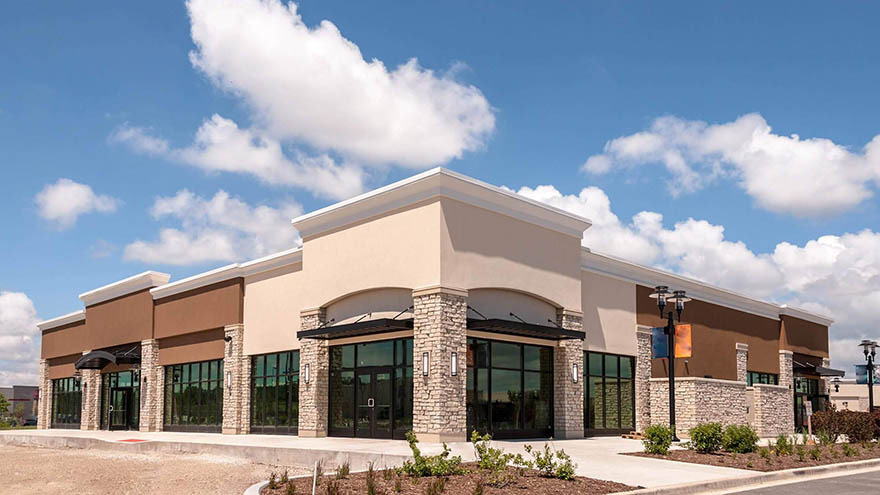Not all apartment buildings are created equal. This is important not only for the average consumer looking for a place to live but also for the investor considering a long-term investment in the apartment market. From an investment point of view, the multi-family asset offers some potential inflation protection due to the possibility of raising rents both on an annual basis and each time a tenant moves out. However, just because the apartment commands the highest rent in town does not necessarily make it the best investment. Conversely, the same can be true for a low-rent apartment complex. Apartments have a property classification given by investors, brokers, and lenders. These classification grades are assigned to them based on several characteristics such as age of property, quality of neighborhood, and amenities.
Below is a list of common characteristics that distinguish one class/grade from another:
Class A Apartments:
These would typically be newer apartments built in the last 10–15 years in higher-growth areas. An A+ (+) would be built in the last 5 years and would attract tenants from higher-paying professions. Amenities found in Class A properties would include workout facilities, a resort-type pool area, a dog park, some concierge features, and more. Tenants would typically pay the highest rents at an A or A+ property to enjoy these amenities. From an investment perspective, the CAP rate for a Class A property would be lower than for the other classes in the same geographical area, and it would have potential upside in appreciation if the management can continue raising rents. However, these properties are often more expensive than the other classes, and the additional cost to invest is not statistically correlated with the potential income. These “trophy” assets would primarily be held by large investment groups and institutional investors.
Class B Apartments:
These would be built in the last 15–20 years and would include some amenities to attract those who might not want to rent from a Class A property, though the amenities are not as extensive as those in the A or A+ categories. The tenant mix would be primarily composed of working-class long-term renters. There is usually some deferred maintenance to account for when considering an investment, and investment groups would put some initial capital in to “refresh” the apartments and amenities to drive rents. The Class B apartment allows the investor to realize higher rents when the upgrades are complete. Class B will usually sell at a higher CAP rate than would a Class A in the same general location, and like Class A, Class B would also be owned by institutional money and large private investment groups.
Class C Apartments:
These sell at a greater CAP rate than Class B apartments and would have been built over 30 years ago. Tenants in a Class C apartment would be blue-collar workers and service-related professionals. There could also be a presence of government-assisted tenants. We expect to see a significant amount of deferred maintenance due to the age of the building as well as the treatment of the property, and amenities are minimal if they exist at all. The initial income might be greater for the owner of a Class C property, but the potential for appreciation might be quite lower. Smaller investment groups and individual investors would be likely to own these assets.
Class D Apartments:
These are the most management-intensive assets due to the location, age of property, and tenant mix. Class D properties are located in lower-economic and higher-crime areas with no growth or negative growth in population. The deferred maintenance would be such a large part of management that the ability to repair aging and obsolete equipment and systems would require large capital investments. Often, the repairs are not made, and the property suffers even more decline. Rents for Class D apartments tend to be the lowest in the market due to the deferred maintenance issues and lack of amenities. Many Class D tenants may require government assistance to afford the rent.
The bottom line is that investors are able to make a return on their investment in various asset classes, and each class comes with its own characteristics and challenges to that end goal. The C and D assets require a larger amount of management involvement in deferred maintenance and rent collection. Class A and B apartments may command a higher rent and encounter less rollover and deferred maintenance, but that does not necessarily mean that they will bring a greater return on investment. The addition of better amenities, location, and management may improve your ability to increase rents and occupancy and will determine the ability to make a greater return on your investment—a benefit that tends to have the highest impact in Class B and C apartments.

